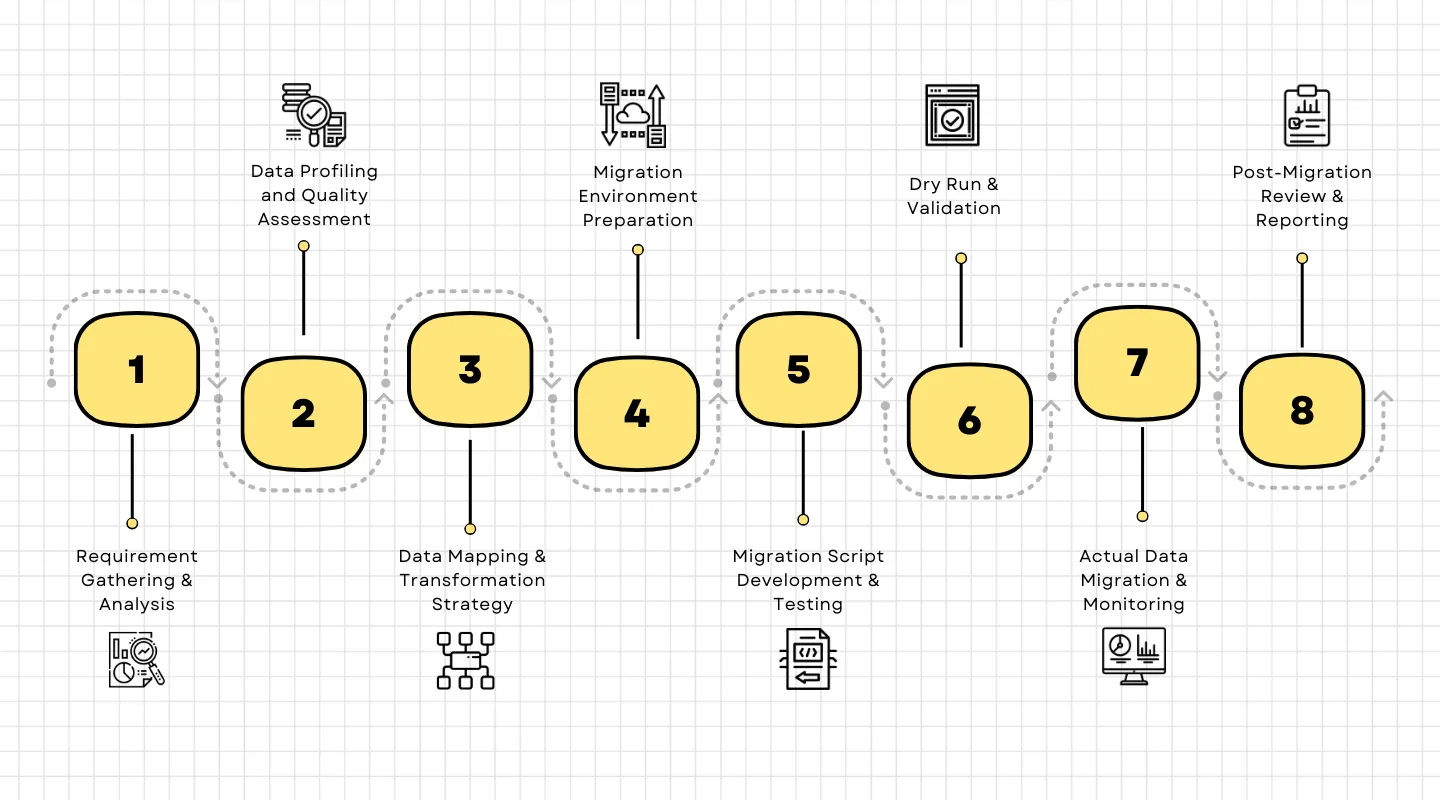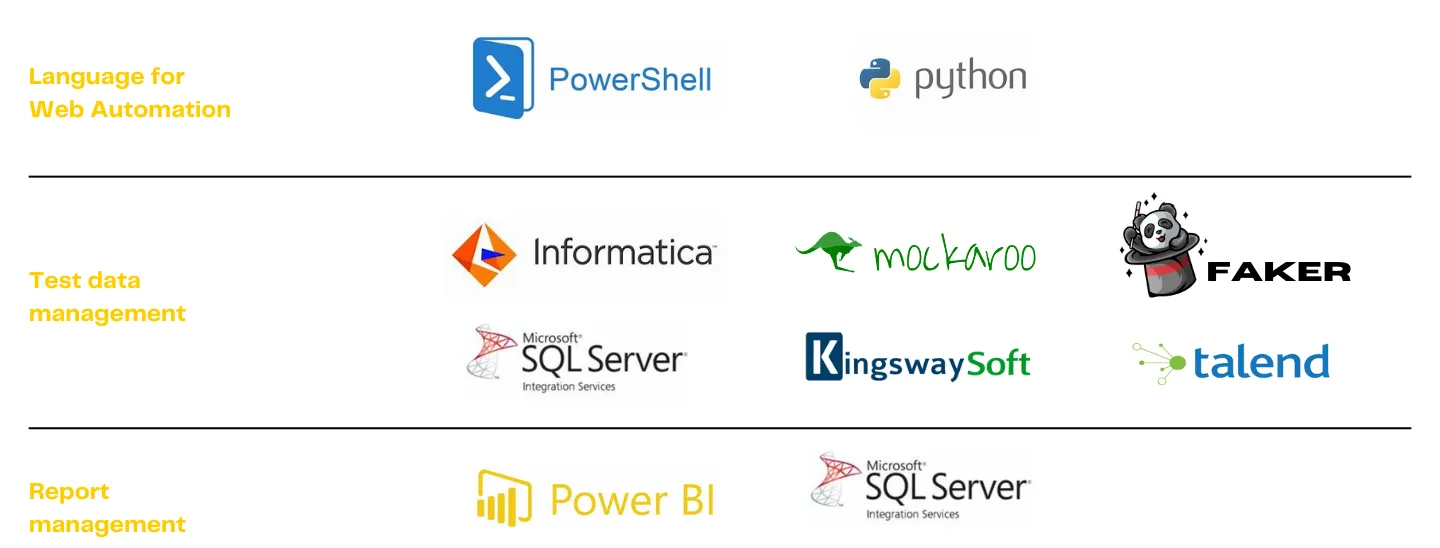Is Data Mapping a Nightmare for Your Team?
“ Book a session with our experts now to elevate your quality outcomes. ”
MSD 365's Data Migration Testing can experience issues during testing due to several factors. One primary reason is a mismatch between the structure of the original data and the requirements of Dynamics 365. Challenges can also arise from network inconsistencies, surpassing the system's data transfer limits, or not following D365's established rules. Additionally, transferring extensive data sets or slow system responses can lead to timeouts. The following points point out the main reason for failure :

Effortless User Experiences :

Bulletproof Business Decisions :

Sturdy System Health :
.gif)
Securing Success Pathways :

Elevating Business Prospects :
Frugal Testing excels in delivering top-tier software testing solutions, catering to diverse business needs. Among the offerings, the specialization within MSD 365 Data Migration Testing is particularly noteworthy.
This precise approach ensures seamless data transitions into Microsoft Dynamics 365, guaranteeing data integrity and optimal system functionality.
.webp)
Forming a Reliable Foundation :
Prioritizing Seamless Interactions :
Protecting Business Insights :
Valuing Stakeholder Satisfaction :
Setting the Stage for Continuous Growth :
Empowering your software to perform at its best

Requirement Gathering & Analysis : Identify the precise needs of the migration, starting with what business aims to achieve with this move. Engage stakeholders to understand critical datasets, integration requirements and any compliance or regulatory needs. This stage will lay the groundwork for the entire migration process, ensuring clarity and purpose.
Data Profiling and Quality Assessment : Dive into the current datasets to understand their quality. This includes identifying any missing data, spotting inconsistencies and assessing the general health of the data. Without this step, migrating dirty data can lead to poor performance, flawed business intelligence, or integration issues in the new system.
Data Mapping & Transformation Strategy : Develop a detailed plan to transition data from its current format into a format suitable for MSD 365. This often means creating a "map" that aligns fields from the old system to the new one and deciding on rules or algorithms for transforming the data. This strategy should be revisited and adjusted based on migration tests.
Migration Environment Preparation : Before the real migration takes place, prepare a separate testing environment that mirrors the production one. This helps in ensuring that the migration scripts and processes are fine-tuned without impacting the live system. Resources like servers, storage and network configurations are allocated for this phase.
Migration Script Development & Testing : With a clear transformation strategy in place, scripts or utilize specific tools are developed to facilitate the data migration. Once ready, these scripts are tested with sample datasets to ensure they work as intended, ensuring the data retains its integrity and relevance in the new environment.
Dry Run & Validation : Implement a full-scale rehearsal of the migration without making actual changes to production data. This dry run helps identify potential roadblocks, inefficiencies, or errors in the migration process. Following the dry run, validate the transformed data to make sure it adheres to both business rules and MS D365 standards.
Actual Data Migration & Monitoring : Upon validation, commence the real migration. As data moves from the old system to MS D365, continuously monitor the process to identify and rectify any issues promptly. This step might involve downtime or be done in batches, depending on business requirements.
Post-Migration Review & Reporting : After migration, perform a thorough review to ensure no data is missing or inaccurately represented. Engage stakeholders for feedback and confirm that the migrated data meets their needs.







.webp)



.webp)







.webp)

We're all ears and eager to discuss your testing needs!
Crafting the best testing strategy for your product starts here.